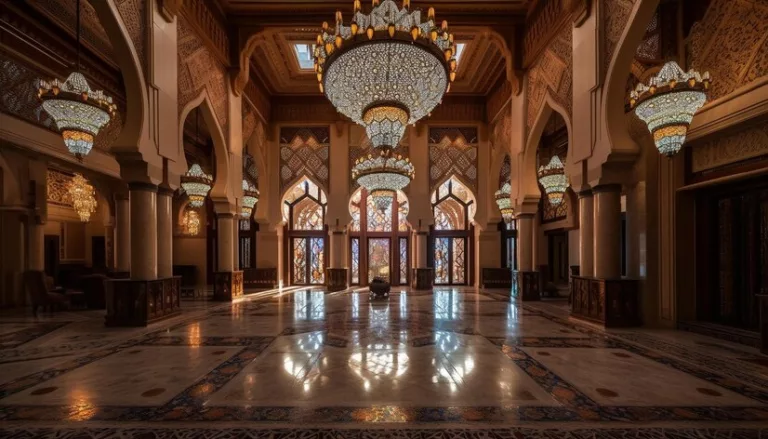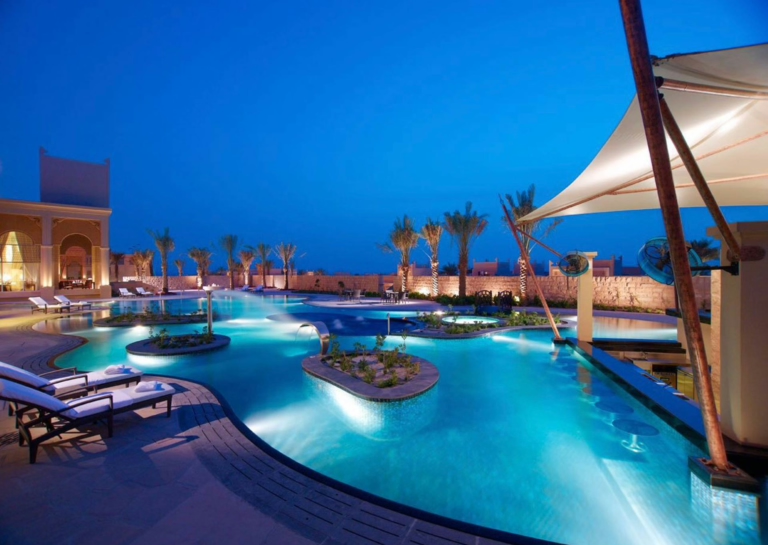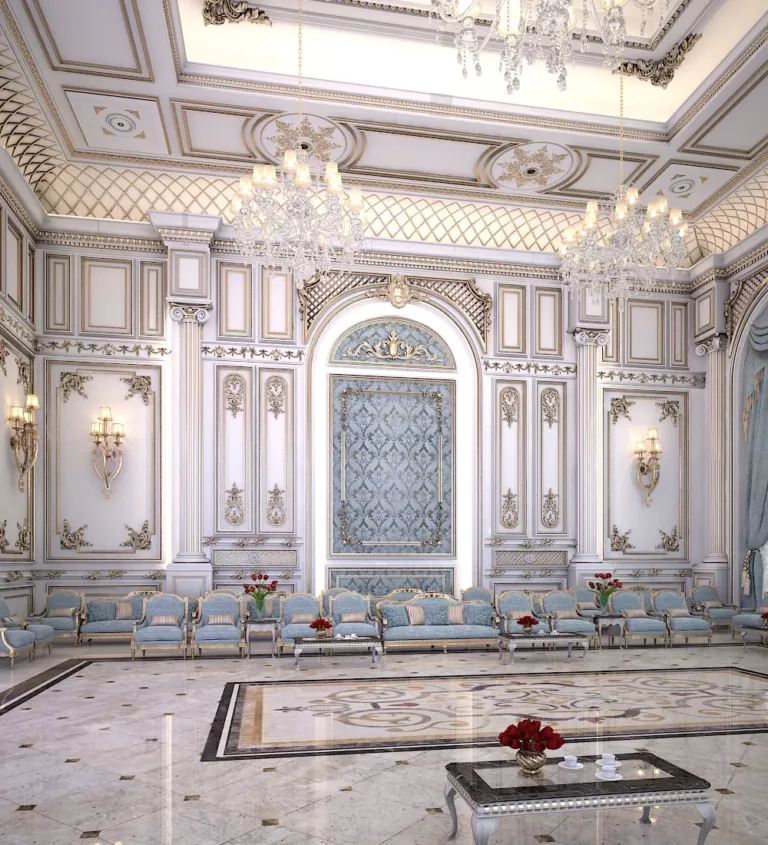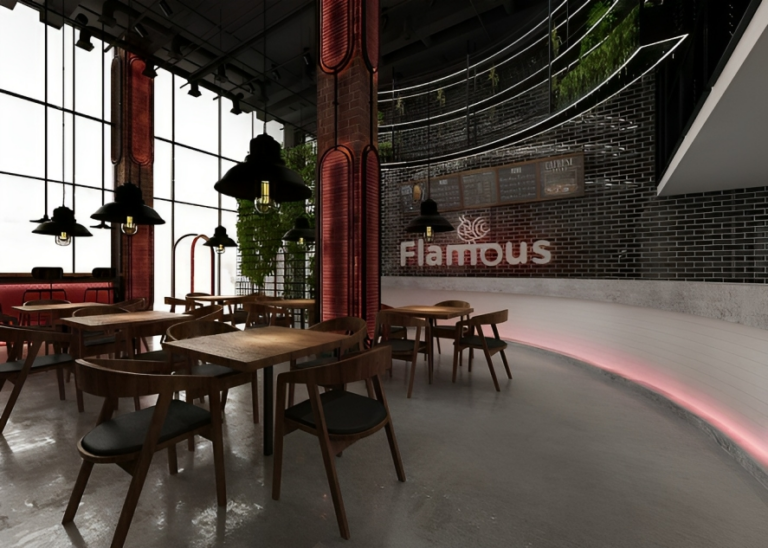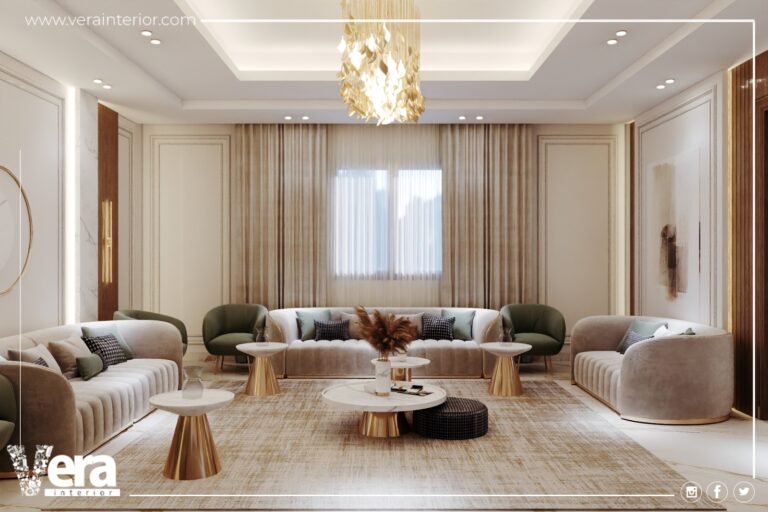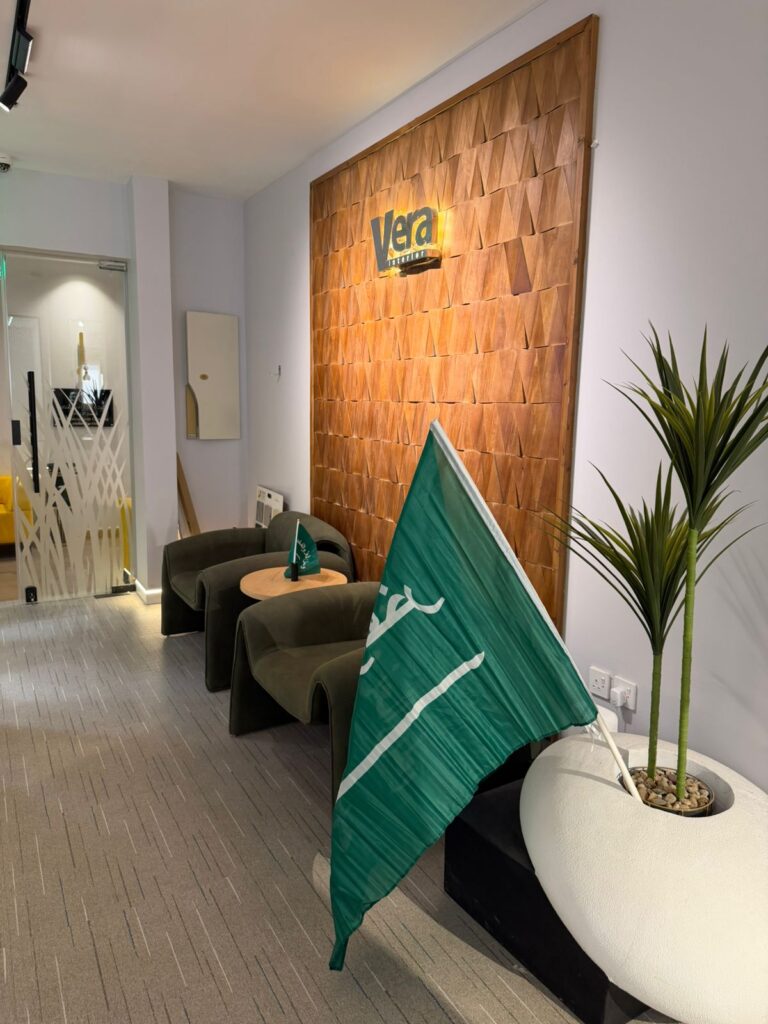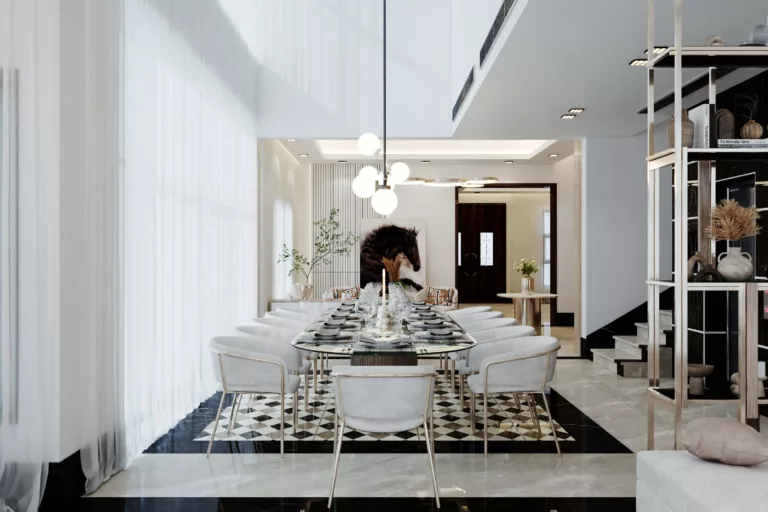In recent times, mosque interior design has seen a transformative wave of innovation that melds contemporary style with traditional religious motifs. Modern mosque interiors reflect a deep respect for foundational elements of Islamic architecture while embracing new materials, technologies, and aesthetics that resonate with the needs and tastes of present-day worshippers.
Tradition Meets Modernity: Balancing Aesthetics in Mosque Decor
It’s a delicate balance between respecting tradition and infusing modernity into mosque decor. Designers often focus on key Islamic elements such as geometric patterns, calligraphy, and arabesque, reinterpreting them with a contemporary flair. This balance ensures that new designs pay homage to historical artistry while catering to the functional and visual preferences of a modern congregation.
Read More: 10 Dental Clinic Interior Design Ideas
Reviving Heritage: Traditional Islamic Interior Design Elements
The preservation of Islamic heritage remains at the core of mosque design. This often involves restoring and reinvigorating mosaic tiles, intricate carvings, and handmade carpets, all of which hold significant religious and cultural value. These traditional elements serve as enduring symbols of the faith that remain central to the identity of any mosque.
Sustainability and Style: Eco-Friendly Mosque Design Concepts
Eco-friendly mosque design integrates sustainable practices like utilizing natural lighting, solar energy, and green materials, reflecting an environmental stewardship coherent with Islamic teachings. This approach is not only ethical but also leads to operating cost reductions and a harmonious relationship between spiritual spaces and their natural surroundings.
Cultural Reflections: Integrating Cultural Decor in Mosque Interiors
Mosques are cultural landmarks that reflect the unique identities of the communities they serve. Modern mosque interiors can include local artisanal crafts, indigenous motifs, and regional materials, thus standing as a testament to the diverse tapestry of the Islamic world.
Minimalism in Sacred Spaces: Simplifying Mosque Design
The adoption of minimalism in sacred spaces strips away unnecessary decor, focusing on the essence of spiritual solace and introspection. This less-is-more approach helps foster an atmosphere of tranquility and peace, enabling worshippers to engage in prayer and reflection without distraction.
Read More: Psychology of Green Color in Interior Design
Luxury and Spirituality: Creating Opulent Mosque Interiors
Luxury in mosque interiors does not contradict the spirit of worship; instead, it highlights reverence and respect through the use of precious materials, elegant fixtures, and opulent detailing. Such elements can elevate the aesthetic experience of praying, inspiring awe and wonder within sacred precincts.
Incorporating Modern Trends into Mosque Interior Renovations
Renovating existing mosques often involves incorporating modern design trends such as ambient lighting, acoustically optimized spaces, and ergonomic furnishings. These updates not only enhance the visual appeal but also improve the comfort and usability of these spiritual havens.
Innovative Use of Materials and Technology in Mosque Design
Modern technology offers a plethora of new materials and construction techniques for mosque design. Innovations like smart glass, advanced acoustics, and artistic lighting can be integrated into interior spaces, enriching the worship experience while maintaining respect for traditional architectural principles.
Read More: 5 Innovative Hospital Interior Design Ideas
Functionality in Focus: Effective Mosque Space Utilization
Efficient space utilization is critical in mosque design. Multipurpose halls, retractable partitions, and modular furniture allow for different community activities alongside worship. Designing for functionality ensures that every inch of a mosque is put to optimal use, accommodating growing congregations and diverse functions.
Artistic Touches: Enhancing Mosque Interiors with Islamic Art
Islamic art, with its emphasis on non-representational forms, provides beautiful and spiritually significant enhancements to mosque interiors. The inclusion of intricate calligraphy, geometric tessellations, and abstract representations of nature adds a layer of beauty that complements the divinity of the space.
Read More: Exploring the World Through Embassy Interiors
Contemporary Design Solutions for the Modern Mosque
The modern mosque leverages contemporary design solutions to address the needs of the community it serves. This may involve acoustic treatments, digital screens for prayer times, and state-of-the-art ventilation systems – all of which ensure a comfortable and engaging environment for worshipers.
Elegance in Worship: Defining Stylish Mosque Interior Themes
Fashioning mosque interiors with elegance does not detract from their spiritual purpose. Instead, the careful selection of color palettes, textiles, and light fixtures can harmonize to create a visually serene and stylish worship environment that is conducive to prayer and contemplation.
Case Studies: Examples of Innovative Mosque Design Solutions
Case studies from around the world demonstrate how innovation in mosque design has been actualized. From Masjid al-Haram’s expansion in Mecca to the eco-consciousness of the Cambridge Central Mosque, each example showcases unique approaches to marrying tradition with modernity.
Conclusion: The Future of Mosque Interior Design Trends
The future of mosque interior design lies in its ability to respect and reflect the eternal values of Islam while evolving to meet the aesthetic and functional expectations of future generations. Through embracing sustainability, innovation, and inclusivity, designs will continue to honor tradition while encapsulating the advancing trends of the here and now.
